As one of mankind's most loyal partners, pet dogs have accompanied us through countless happy times. Over time, our dogs continue to grow and develop. Understanding the growth needs of dogs at different stages is crucial for us to take better care of them.
This article will present you with a comprehensive dog growth guide to help you explore what to focus on at each stage of growth.
1 Puppy stage (2 months to 6 months)
At this stage, the dog’s body and brain are developing rapidly, so it particularly needs good nutrition and social environment .
Nutritional Requirements
Make sure to give your puppy a high-quality food that contains enough protein and vitamins to support their growth and development.
Pay attention to a balanced diet and avoid overfeeding or giving human food, which may lead to malnutrition or gastrointestinal problems.
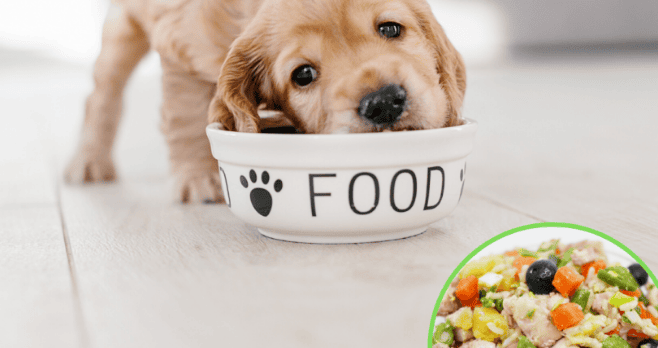
Socialization
Take your dog to socialize Situations, such as kindergarten or pet parks, allow them to interact with other dogs and humans.
Supervise the socialization process to ensure that the dog learns to get along well with other dogs and humans and avoids excessive excitement or aggressive behavior.
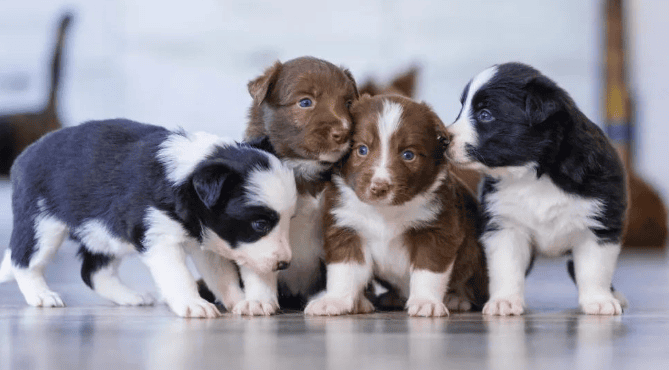
Basic training
Start with basic training, such as Sit, stand and walk, using simple commands and positive reinforcement to encourage correct behavior.
Establish good hygiene habits, including regular bathing, brushing, and paw trimming, so that your dog can gradually adapt to and enjoy these activities.
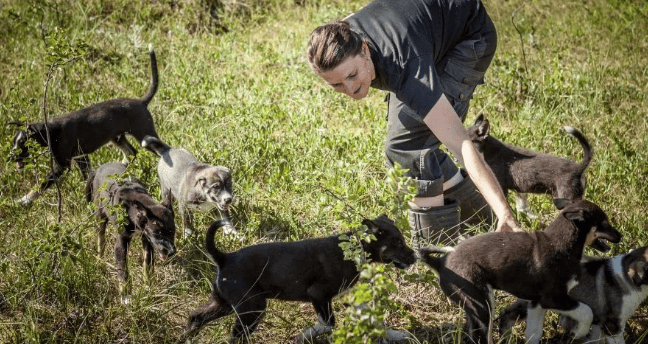
Adolescence (6 months to 2 years old) )
During adolescence, dogs’ curiosity and energy reach their peak, requiring more exercise and guidance to guide their behavior.
Continue training
Strengthen basic training and introduce more complex commands and skills such as recall, follow and stop.
Insist on using positive reinforcement methods, but at the same time strengthen training to correct bad behaviors and maintain consistency and patience.
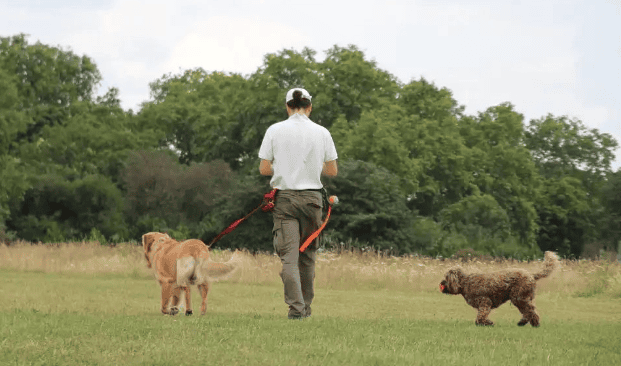
Provide adequate exercise
Adolescent dogs Full of energy, they need more exercise to release their energy. Provide at least one hour of aerobic exercise each day, such as walking, running, or playing.
Introduce new activities and toys, such as Frisbees, balls and puzzle toys, to stimulate your dog's mental and physical abilities.
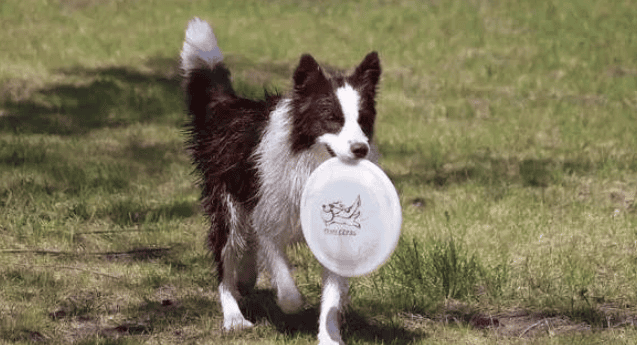
Regular medical examination
Take your dog to the veterinarian regularly Get health check-ups and vaccinations to ensure good health and normal functioning of the immune system.
Discuss options for spaying and neutering and develop an appropriate plan based on your veterinarian's recommendations.

Adulthood (2 years old and above)
Enter After adulthood, a dog's behavior and health are relatively stable, but they still require ongoing attention and care to maintain their health and happiness.
Nutritional Balance
Adjust your dog's diet based on his age, weight and activity level, and regularly assess his nutritional needs.
Pay attention to food intake and avoid overfeeding to prevent obesity and related health problems.
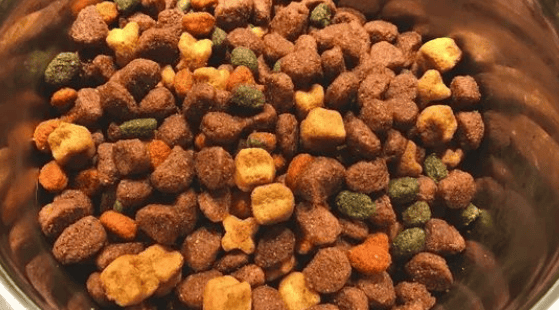
Exercise regularly
Make sure you continue to provide the right amount of exercise. But adjust it based on your dog’s age and health.
Consider introducing more psychological stimulation, such as mental games and training sessions, to meet the cognitive needs of adult dogs.
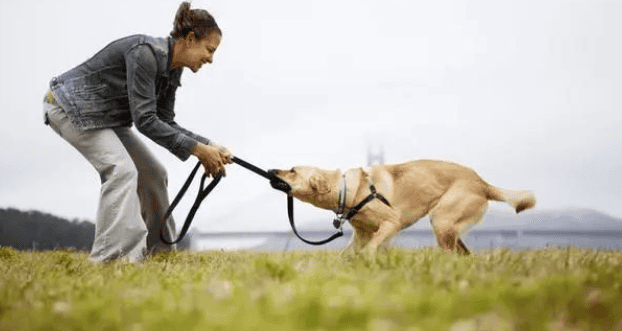
Pay attention to health issues
Regularly observe the dog’s health status, including weight changes, appetite, behavioral changes, etc., and seek medical advice in a timely manner.
Check your teeth and oral health regularly and use McGoness Oral Spray to prevent dental calculus and oral infections.
ps:
When socializing, training, or going out to take a shower, you can use McCaughn's Fairy Water Spray before and after going out, which can effectively eliminate 99.99% of bacteria in 30 seconds and prevent the spread of viruses. By understanding and paying attention to a dog's developmental needs at different stages, we can better care for and support our lovable companions. Whether it is curious exploration in childhood or stable life in adulthood, dogs deserve the best care and love.

 扫一扫微信交流
扫一扫微信交流
发布评论